Relief Printmaking
- Kelly Severns Curtis
- Aug 5, 2024
- 2 min read
Printmaking is my passion.

As an artist and art historian, I am continually fascinated and impressed with the role of printmaking throughout time, from Baroque mezzotints to Japanese woodblocks to modern monotypes. I enjoy exploring traditional techniques and modifying them with non-toxic materials and contemporary methods, as well as my personal aesthetic. This discussion focusses on the Relief Process and features linocuts.
The process as much as the product draws me to this artform. There is a physicality to creating each print. For these relief prints, it means carving away an area to create a raised portion before layers of ink are added. It means carefully registering the block and paper for printing by hand (each time) or working the press and pressure to pull a print to completion. There is also a mental aspect that I enjoy. It means thinking and working in reverse, since a finished print image on paper is a mirror image of the carved block (especially important when printing letters or specific architecture.) It means thinking about areas and colors that will be retained or eliminated in reduction print that builds upon each layer, perhaps starting by carving the lightest highlight in a glass, when the glass hasn’t even been carved yet. As with no other art process, printmaking is rather like a magic show when you see the final reveal, as the paper lifts off the print substrate and an image appears.
Linocuts are “relief” prints. The raised portion receives the ink (Unlike intaglio etchings, which are inscribed into a metal plate). Printmaking is a particularly fine media for working in relief, traditionally using simply black or sepia ink on white paper. The positive and negative areas of the image are enhanced by the strong contrast of flat color. When creating a monochrome print, the juxtapositioning of color blocks is especially important. The printmaker must consider which parts of the picture should receive the colored ink, and since these will be the raised portions of the relief print, I must carve away all areas that will not receive the color. The process is often the revers of many direct art forms, such as drawing. Here is a linocut print
I made of the wonderful Duomo in Florence, Italy. The white in the final image is the paper.
Reduction prints are multi-colored relief prints made by printing one color at a time, using the same lino block. To preserve each color as it is overprinted with subsequent colors, areas of the block are carved away. The result is a completely destroyed printing block and beautiful, multi-color prints.
White-line prints are another way to print multicolors from one block. They were first introduced in the early 20th century by a group of women known as the Provincetown Printmakers and are created by carving away the outline of the image in a fashion similar to direct drawing. Individual colors are added to the various raised portions by registering the block and paper, and then printing each color separately either through the press or by hand with a baren.





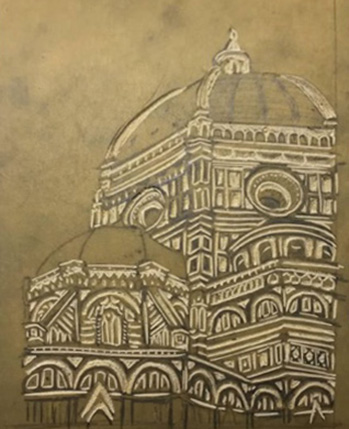

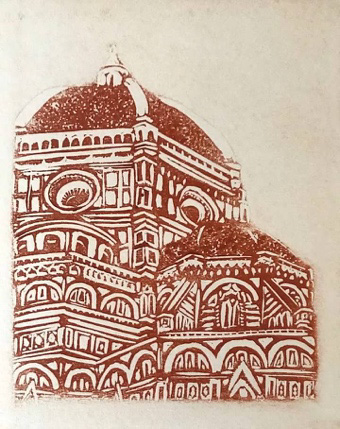
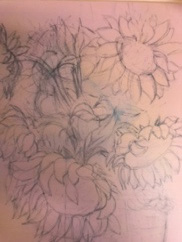
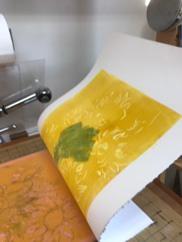

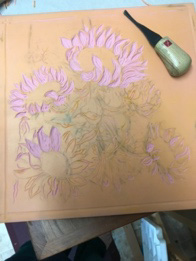

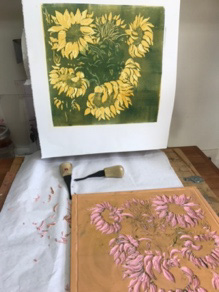

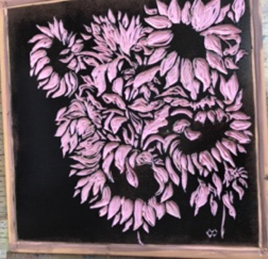

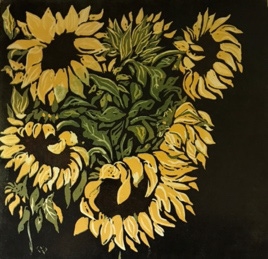

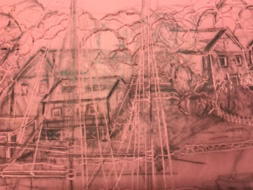
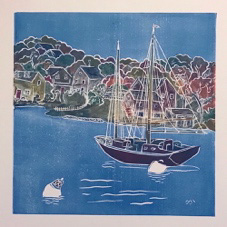



Comments